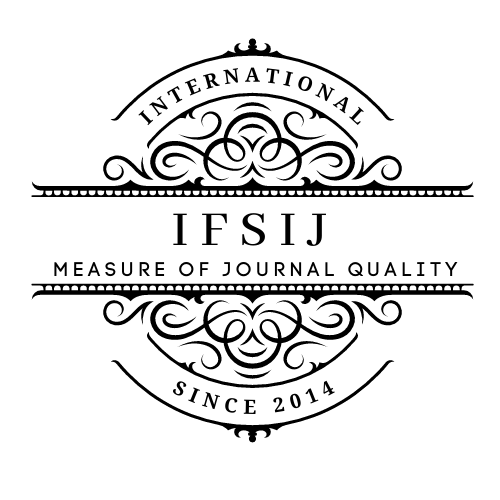THE VALUE OF WAIST CIRCUMFERENCE TO HIP CIRCUMFERENCE IN ASSESSMENT OF OBESITY IN CHILDREN
Keywords:
Obesity, childhood, hip circumference, waist circumference, body shape.Abstract
In medical terms, "overweight" means carrying about extra weight, whereas "obesity" means having too much fat. In industrialized nations, childhood obesity is becoming an increasingly pressing public health issue. Worryingly, the incidence of obesity is on the rise in developing nations. The epidemic of childhood obesity is a global health concern. In childhood, adolescence, and adulthood, obesity can lead to other health complications. Children who are overweight around the middle are more likely to develop metabolic and cardiovascular disorders. The present investigation is a cross-sectional observational study that drew 300 participants via a multistage stratified random sample procedure. We randomly selected pupils and elementary schoolers from Beiji City's Primary Health Center. The research spanned the months of July 2013 to December 2013. The goals of this study are (1) to determine the incidence of overweight, obesity, and central obesity among children aged 5–18 years old, and (2) to identify potential risk factors for these conditions. We used worldwide cut-off points to measure body mass index and compared the results to standard tables. By comparing the waist circumference (WC) to the hip circumference, one can determine if and to what degree central obesity is present. The waist-to-hip ratio refers to the connection between the two measurements.
Downloads
Published
Issue
Section
License

This work is licensed under a Creative Commons Attribution-NonCommercial-NoDerivatives 4.0 International License.















